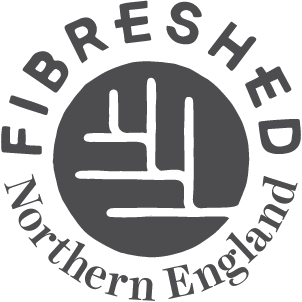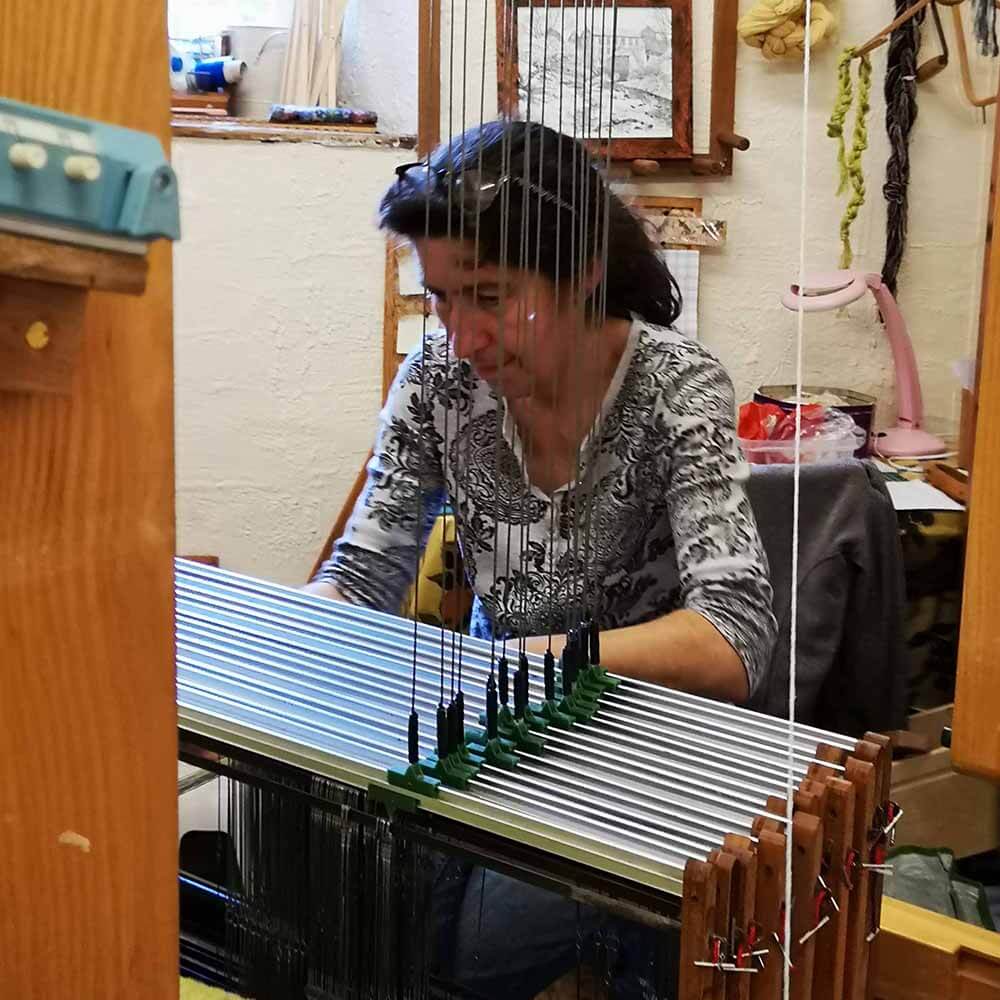
Weaving, computing and a bit of an awakening
People often ask me why I started to weave and it’s a question that I struggle to answer. To be honest, I don’t really know. I was a ‘crafty’ kid and could hold my own against most of my class, though was always outshone by others who had real talent. I moved north in 1990 and spent my spare time fellwalking. It took until 2013 to re-engage with craft and I chose weaving.
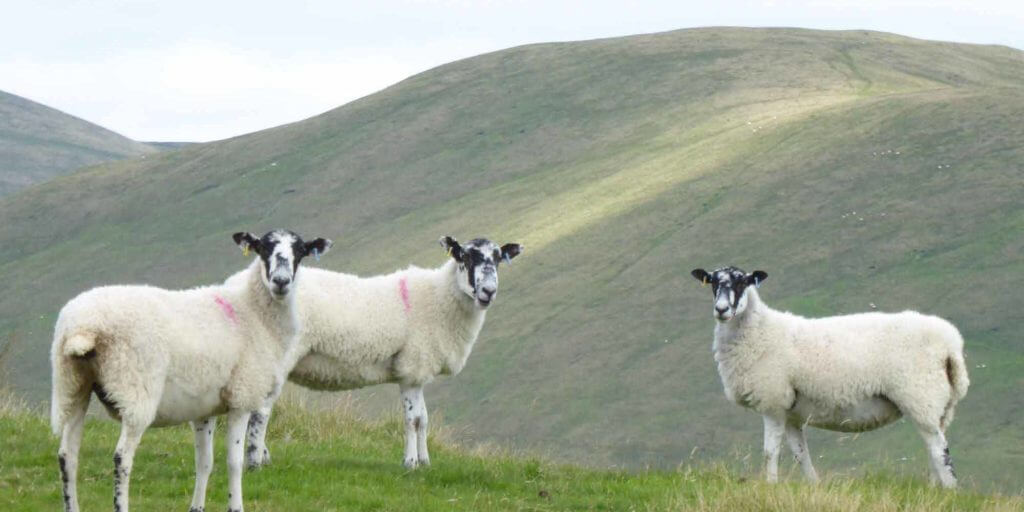
I’ve never considered myself an artist so weaving suited me. You have to be able to count a bit and it helps if you can think in metric and imperial at the same time. The loom, of course, is the forerunner to the modern computer and I often joke that my 8-shaft loom has 64mb ram.
It might not surprise you to know that I’ve spent the last 20 years working in IT. Maybe there’s something in my blood too – one grandfather was a tailor and the other repaired carpets.
What I love about weaving is that if you can imagine a pattern within your loom’s computing capability with a bit of planning (and guile) you should in theory be able to recreate it as a piece of cloth. The machine does the work.
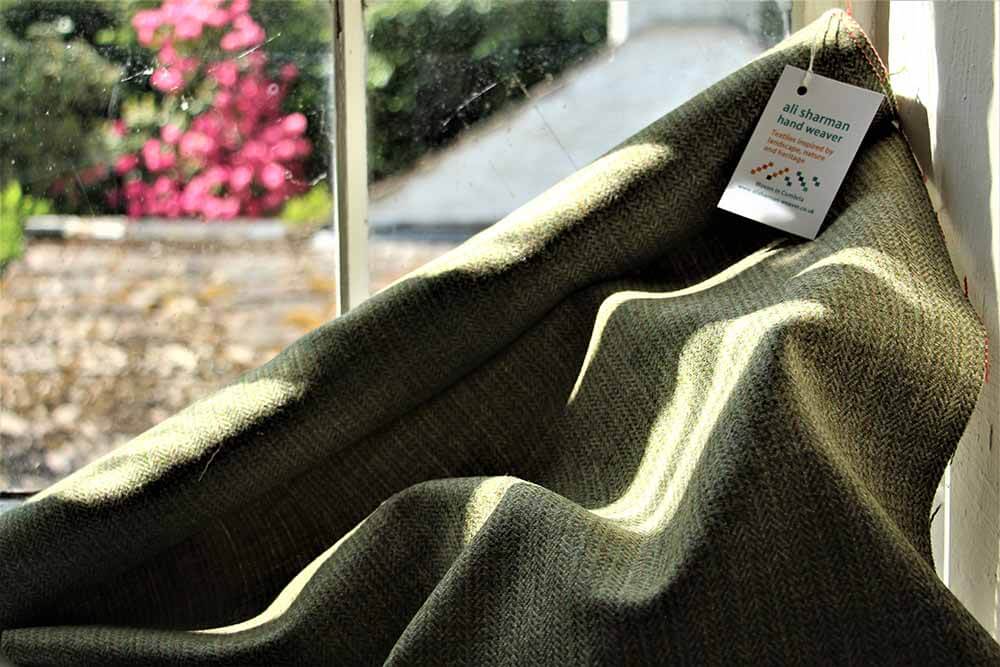
So how did this lead me to join the NWE Fibreshed?
I love working with wool – it’s greasy, malleable, smells great and is sustainable. People who practice ‘woolly’ crafts are notorious for building up large stashes and equipment. We just can’t help ourselves though in our defence we are pretty good at buying leftovers and unwanted kit from each other. When I ran out of space at home I rented a workshop at Farfield Mill encouraged by my first teacher and great friend, Laura Rosenzweig of Laura’s Loom.
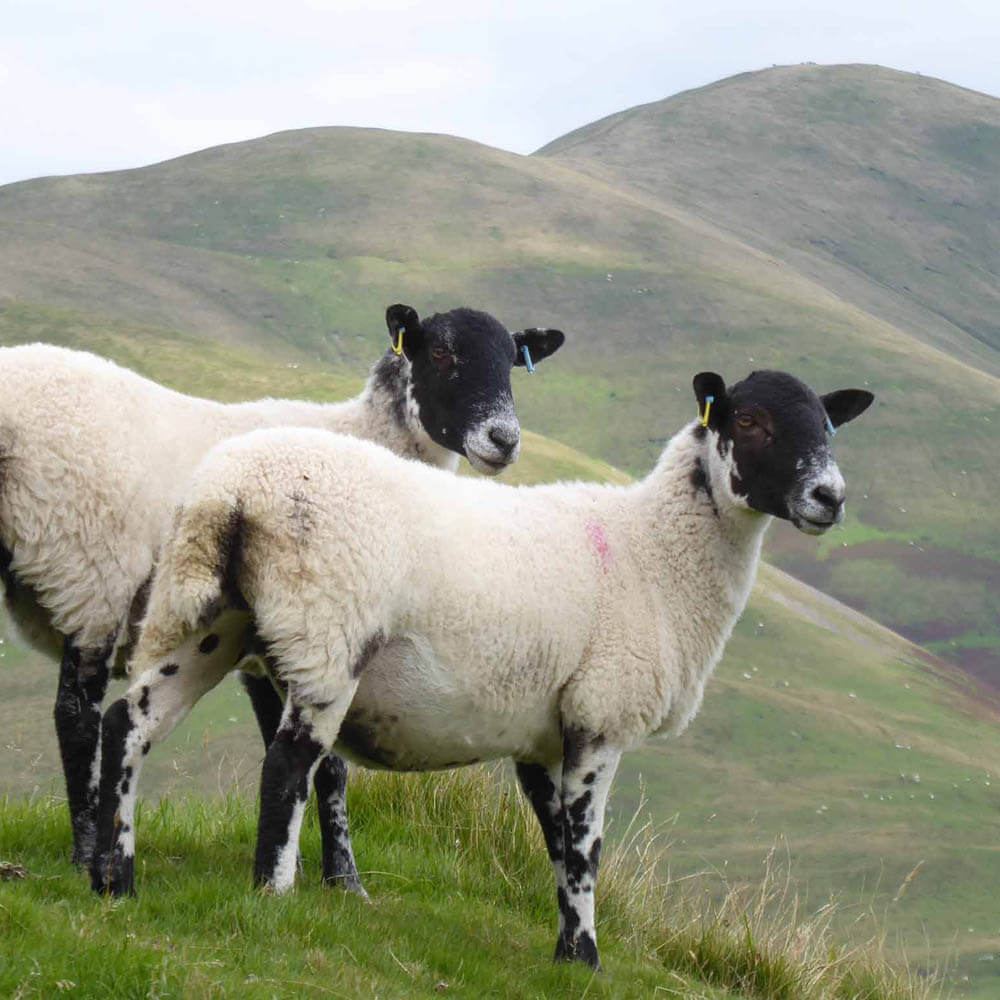
I didn’t have a plan but the contrast between the hustle and bustle of daily campus life and the relative peace found at the foot of the Howgill Fells – not only solidly rural but steeped in heritage – caused me to really reflect hard on what I value. Joining an artistic and maker community suddenly made me think very differently – I was no longer a hobby weaver and peoples’ perception of me was somewhat divergent to how I viewed myself.
Working close to Laura and seeing what motivated her led me to think more about supply chains, local production, sustainability and understand how easily labels can mask reality. Rules and standards aren’t actually very hard to beat when imported fleece spun in the UK can be labelled ‘British wool’.
Laura has been a massive influence and with her guidance by 2020 I’d launched Howgill Cloth using regionally-sourced yarn with all manufacturing processes within 70 miles of Sedbergh.
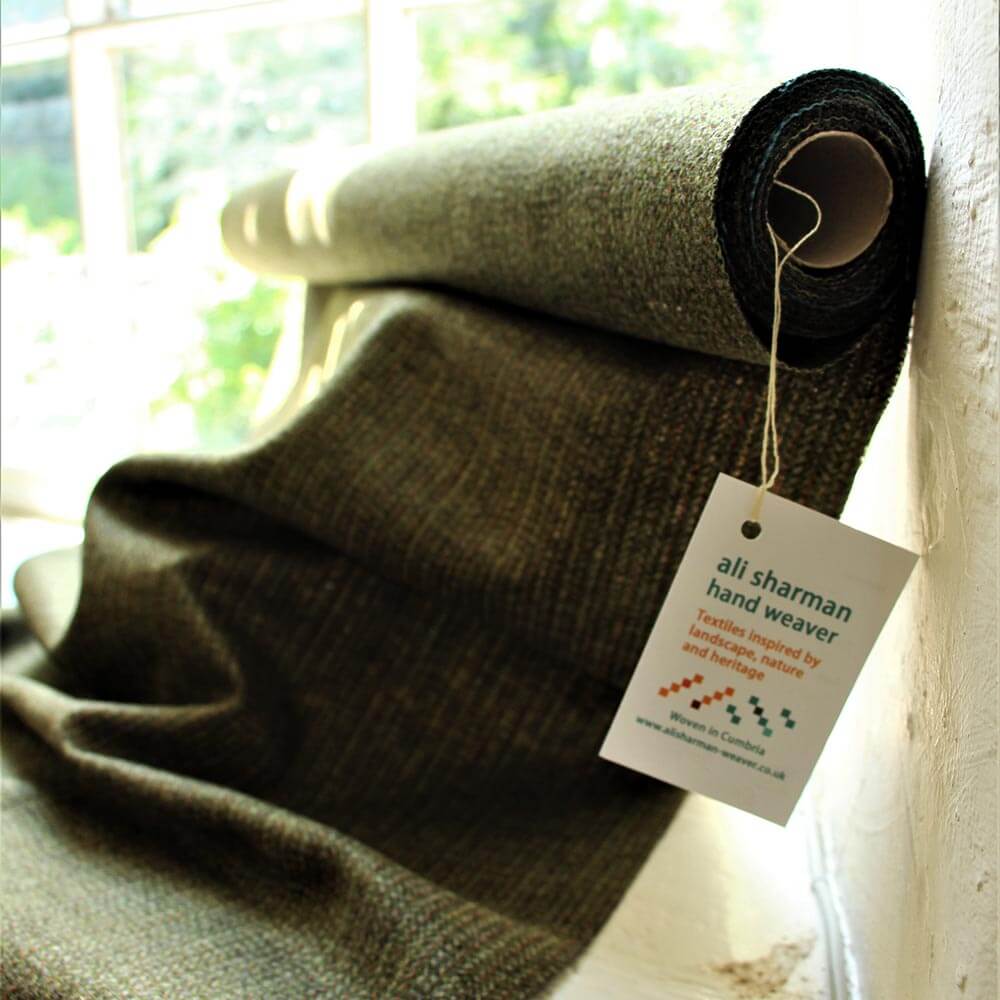
Meeting the demands of the Fibreshed standard will be challenging. Our region’s heritage is textiles and although so much is long gone, there remain world-class mills who will work with tiny producers such as myself. Localised production is already within our reach.
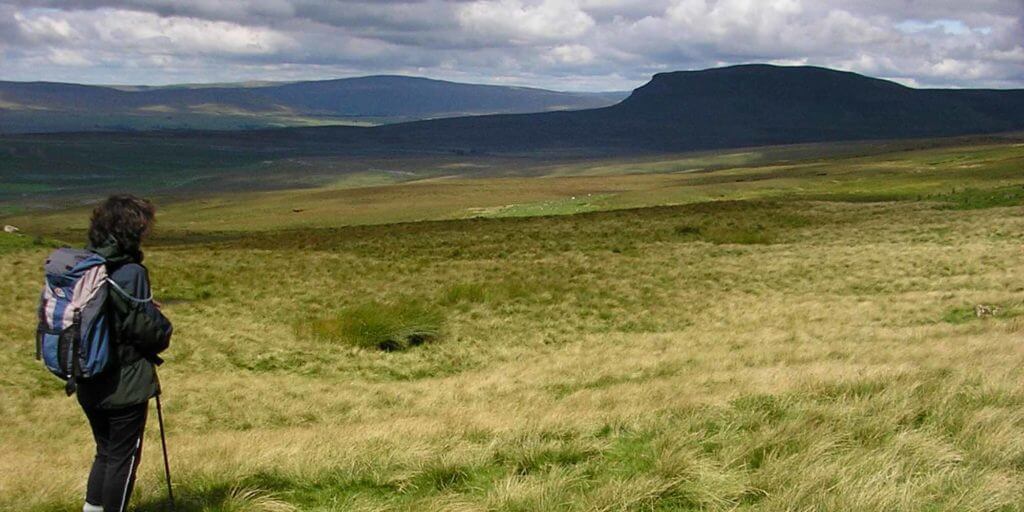
What’s next?
I like a challenge so now I need to start thinking about using natural dyes and how I can improve my own weaving practices.
I’ve spent the last 30 years climbing mountains in northern England, the Scottish Highlands – all over the world in fact. I’ve tried to be a responsible and careful consumer but it’s only now that I find I can respond to the unfolding environmental crisis. My report card would read ‘room for improvement’. Fibreshed is my route to giving something back.
Ali Sharman Handweaver
Website : Facebook : Instagram
November 2020
